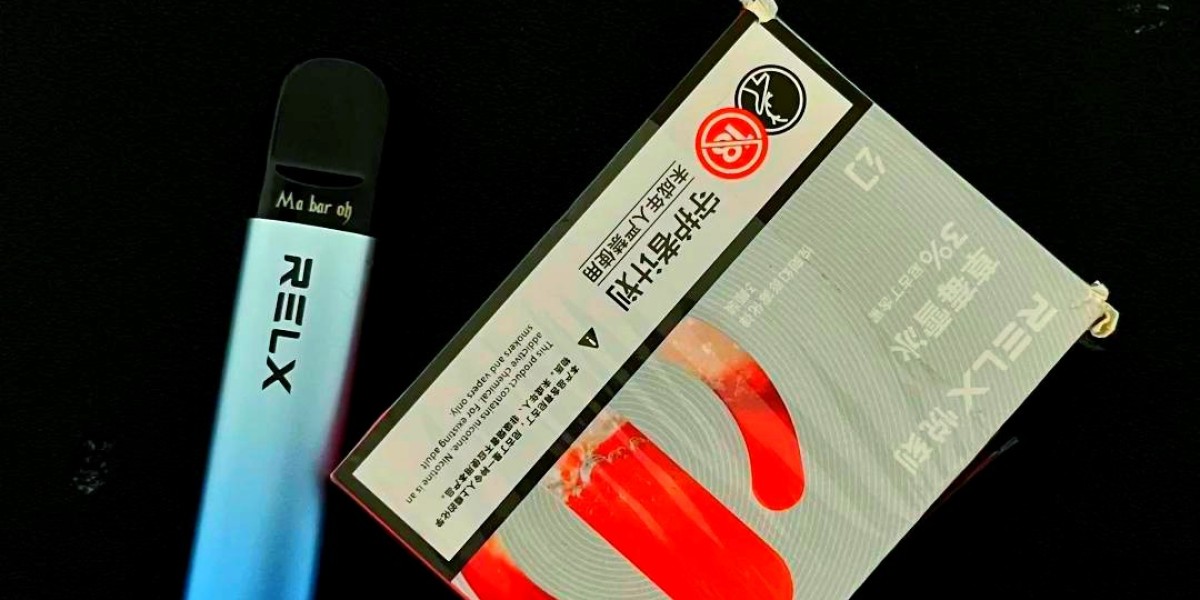Copper bromide (CuBr) is a versatile catalyst that plays a significant role in various chemical reactions. As a transition metal catalyst, CuBr exhibits unique properties that make it highly effective in promoting and facilitating numerous chemical transformations.
One of the primary functions of cubr is to initiate and accelerate chemical reactions by lowering the activation energy required for the reaction to occur. It achieves this by forming coordination complexes with the reactants or intermediates, stabilizing transition states, and facilitating the formation of new chemical bonds. This ability to lower the energy barrier enables CuBr to enhance reaction rates and improve overall reaction efficiency.
In many organic reactions, CuBr acts as a powerful oxidizing agent or undergoes redox reactions, enabling the conversion of one chemical species into another. For instance, it can catalyze the oxidation of organic substrates, such as alcohols or aldehydes, by participating in electron transfer processes. This oxidation capability makes CuBr a valuable catalyst in various synthetic transformations, including the synthesis of pharmaceuticals, fine chemicals, and complex organic molecules.
CuBr also exhibits Lewis acid behavior due to the presence of a partially positive copper center. This Lewis acidity allows CuBr to coordinate with Lewis bases or nucleophiles, facilitating their activation and subsequent reaction with electrophiles. This property is particularly useful in coupling reactions, such as the Heck reaction or the Ullmann coupling, where CuBr acts as a mediator between two reacting species, promoting the formation of carbon-carbon or carbon-heteroatom bonds.
Furthermore, CuBr has been found to exhibit catalytic activity in several important polymerization processes. It can initiate and control radical polymerizations, such as atom transfer radical polymerization (ATRP), enabling the synthesis of well-defined polymers with desired molecular weights and structures. CuBr's ability to reversibly switch between different oxidation states is crucial for maintaining the catalytic cycle in these polymerization reactions.
In addition to its catalytic properties, CuBr also offers other advantages. It is relatively inexpensive, readily available, and stable under typical reaction conditions. These factors contribute to its widespread use in academia and industry as a catalyst for various chemical transformations.
In conclusion, copper bromide (CuBr) is a versatile catalyst that plays a vital role in numerous chemical reactions. Its ability to lower the activation energy, facilitate electron transfer processes, act as a Lewis acid, and initiate polymerization reactions makes it a valuable tool in synthetic chemistry. CuBr's unique properties, coupled with its affordability and availability, have established it as an essential catalyst for the development of new chemical transformations and the synthesis of important organic compounds.



